The I Survived Series by Lauren Tarshis
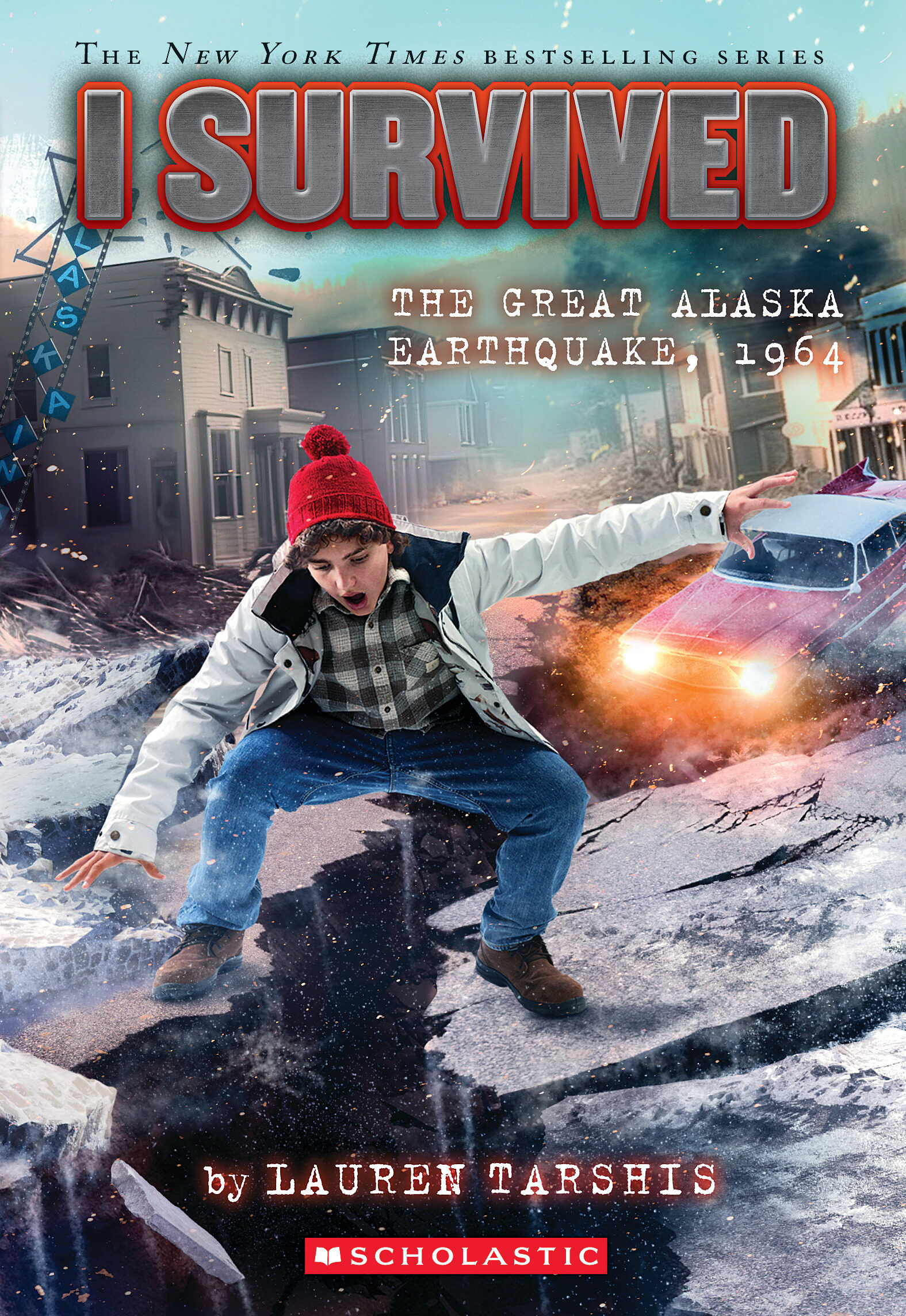
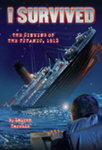
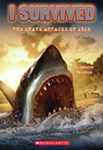
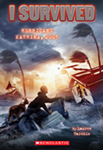

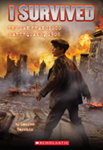
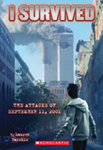
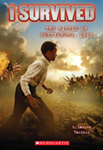
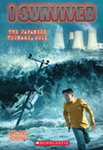
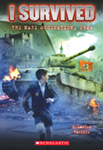
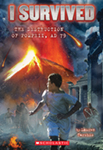
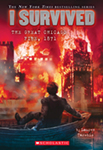
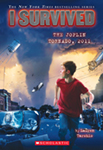

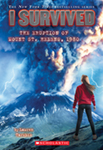
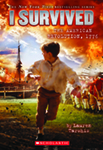

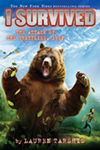
Jump to Section
- About I Survived
- Discussion Topics, Video, and Press Coverage
- Praise from Educators, Parents, and Kids
- About the Author
- Q&A with Author Lauren Tarshis
- Media Assets
About I Survived
I Survived is a historical fiction series that tells the stories of iconic historical events—from the Revolutionary War to the sinking of the Titanic to the September 11 terrorist attacks—through the eyes of a young witness.
“Informative and breathlessly paced.”
—Kirkus
The books are as engaging to young readers as they are indispensable tools for educators and librarians, thanks to author Lauren Tarshis’ tireless research. Tarshis dives deep into the archives for each installment of I Survived. Her dedication to accurately capturing these historical events led her to spend an entire year researching I Survived: The American Revolution.
“Expressive illustrations capture the drama of the storm and its aftermath, but the book’s real power comes from its exploration of what it means to be a hero.”
— Booklist on I Survived: Hurricane Katrina, 2005
With over 30 million copies in print, I Survived is a broad success with a personal beginning: Tarshis’ son, who was a reluctant reader, was her driving force to create a series that engaged all readers.
“Parents need to know that Lauren Tarshis's I Survived series is captivating, emotional, and historically accurate.”
— Common Sense Media
Author Lauren Tarshis is uniquely qualified to write this series. With the expertise of an editor, author, and mother, Tarshis adapts the most complicated and controversial topics—like the September 11 attacks or the Holocaust—and expertly turns them into comprehensible lessons appropriate for kids and the classroom.
(Click the image above to open a hi-res version in a new window)
Discussion Topics, Video, and Press Coverage
- Author David Baldacci recommended the bestselling I Survived series by Lauren Tarshis on a “Best Summer Reads of 2019” segment on NBC's TODAY Show. (July 11, 2019)
- FOX’s Good Day New York featured Lauren Tarshis, author of the bestselling I Survived series, in a segment on February 26, 2019.
- The Stamford Advocate profiles Lauren Tarshis and her bestselling I SURVIVED series (April 2019)
A Virtual Field Trip to the Museum of the American Revolution with Lauren Tarshis
Tarshis’ I Survived series tackles complicated, hard-hitting historical events. The books are invaluable tools for parents and educators to discuss:
How people, cities, and nations band together to overcome natural disasters
- The Japanese Tsunami, 2011
- Hurricane Katrina, 2005
- The Great Chicago Fire, 1871
- The San Francisco Earthquake, 1906
How tragic events can dramatically alter the course of history
The dangers, costs, and human stories behind wars
- The Battle of D-Day, 1944
- The American Revolution, 1776
- The Nazi Invasion, 1944
- The Bombing of Pearl Harbor, 1941
- The Battle of Gettysburg, 1863
Praise from Educators, Parents, and Kids
“Lauren Tarshis has become a master of the high-interest book and she’s set an entirely new bar for what writing for an audience of reluctant readers can look like.” —Mike Lewis, Fourth-grade teacher
“Most of the children we see are struggling with school…I have found that when I put one of [the] I Survived books in their hands, great things happen…[It] engages, inspires and draws in these struggling readers.” —Diana Ware, Coordinator of the Bryan McKay Eddington Learning Center
“My dad is a firefighter who worked on 9/11. Even though I wasn’t born, I hear his and my mom’s stories about that day. I went home and asked my mom to buy me more of your books. I have read 7 of your books over the past month. I LOVE them.” —Michael, 10 years old
“My 4th grade son William has been in resource room since first grade…We have always had to force him to read, and it has been a PAINFUL process for all of us. About a month ago, my husband got to track practice to pick him up and he was sitting on the curb of the parking lot reading ‘I Survived: The Shark Attacks’ book…He said, ‘Hold on, I just have to finish this page.’ Trust me, he has NEVER said that before.” —Jennifer Nakahara, parent
About the Author
 Lauren Tarshis is the renowned author of the New York Times bestselling I Survived historical fiction series, which tells stories of kids and their resilience and strength in the midst of a terrifying moments and unimaginable disasters in history. In addition to being an author, Lauren is the Vice President, Group Editor, Scholastic Classroom Magazines, which includes editing Storyworks, an acclaimed national language arts classroom magazine for grades 4-6 and the newly-launched Storyworks Jr. for grade 3. She can be found online at laurentarshis.com.
Lauren Tarshis is the renowned author of the New York Times bestselling I Survived historical fiction series, which tells stories of kids and their resilience and strength in the midst of a terrifying moments and unimaginable disasters in history. In addition to being an author, Lauren is the Vice President, Group Editor, Scholastic Classroom Magazines, which includes editing Storyworks, an acclaimed national language arts classroom magazine for grades 4-6 and the newly-launched Storyworks Jr. for grade 3. She can be found online at laurentarshis.com.
Q&A with Author Lauren Tarshis
What inspired you to write the I Survived series?
I’ve been writing nonfiction and historical fiction for Storyworks, a classroom magazine I edit that’s read by 400,000 kids in upper elementary school. Stories about disasters, war, and other dramatic events have always the most popular among Storyworks readers. When kids reached out to me, I noticed something striking: it wasn’t the lava or the earthquake or the bombs that fascinated them most. It was the kid in the story: the boy who helped his father escape a huge storm during the Dust Bowl; the girl who watched over her little sister during the Hurricane of 1938. The kids didn’t just want to know what happened, they wanted to know what it was like to be in the midst of it. That’s how I Survived, a series about historical events, seen through the eyes of a child experiencing them, came to be.
Can you give us a sense of your research process?
The I Survived books are only about a hundred pages long, but each requires a huge amount of research. Typically, I’ll read at least twenty nonfiction books on each topic, any important novels set during that period, plus narratives, oral histories, and articles in historical journals.
When I’m researching an historical topic, like the Titanic or the shark attacks of 1916 or Gettysburg, I try to submerge myself in details of the time. I want to know more than just the timeline of the event. I want to know the mindsets of the people living in the period: what they were reading, what worried them, what was in the news. It’s these little details that make the stories seem real.
How do you overcome the challenge of writing books for a younger audience centered on frightening topics like war, natural disaster, and terrorism?
Each book is realistic in terms of the fear the characters feel, the insecurities they face, and their feelings of loss and uncertainty. At the same time, I try to convey a sense of each character’s resilience and hopefulness.
In books that deal with really complex and sensitive events, like Pearl Harbor or 9/11, I try to encapsulate the story so that only issues my readers can comprehend are addressed. For example, in my book about 9/11, there are no details about the hijackers, religion, or what happened to the people in the Twin Towers.
I also try to give a sense of closure, whenever possible. In the “Afterwards” of my 9/11 book, I informed readers that the main planner of the attacks, Osama Bin Laden, was killed by members of U.S. Special Forces. In other words, the main villain was vanquished. On the other hand, I try not to paint on a falsely happy ending. I was clear at the end of my book about Hurricane Katrina that better planning by government officials could have prevented much of the destruction and suffering.
What are some of your favorite responses to the series?
I receive dozens of emails a week about the series, many from adults telling me how the books have opened doors for kids who never liked to read before. As a child who was a struggling reader, this is incredibly gratifying for me. I was also surprised to learn that the series appeals to a wide age range, from kids as young as seven years old up through middle schoolers, where struggling readers gravitate towards the topics and can still relate to the characters and themes.
Media Assets
- I Survived full series covers (.zip)
- Lauren Tarshis Author Photo (Credit: David Dreyfuss)
- I Survived Press Kit

